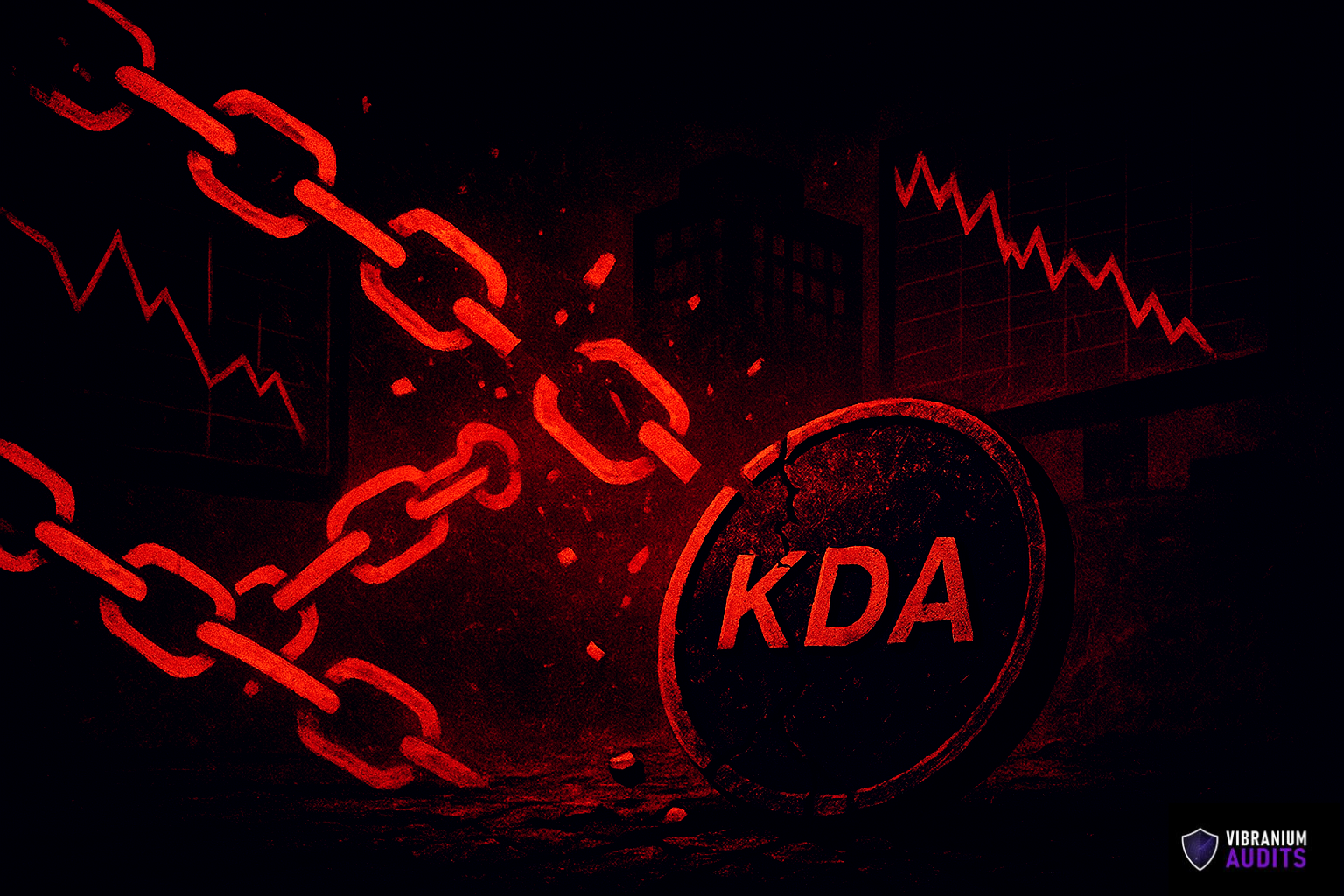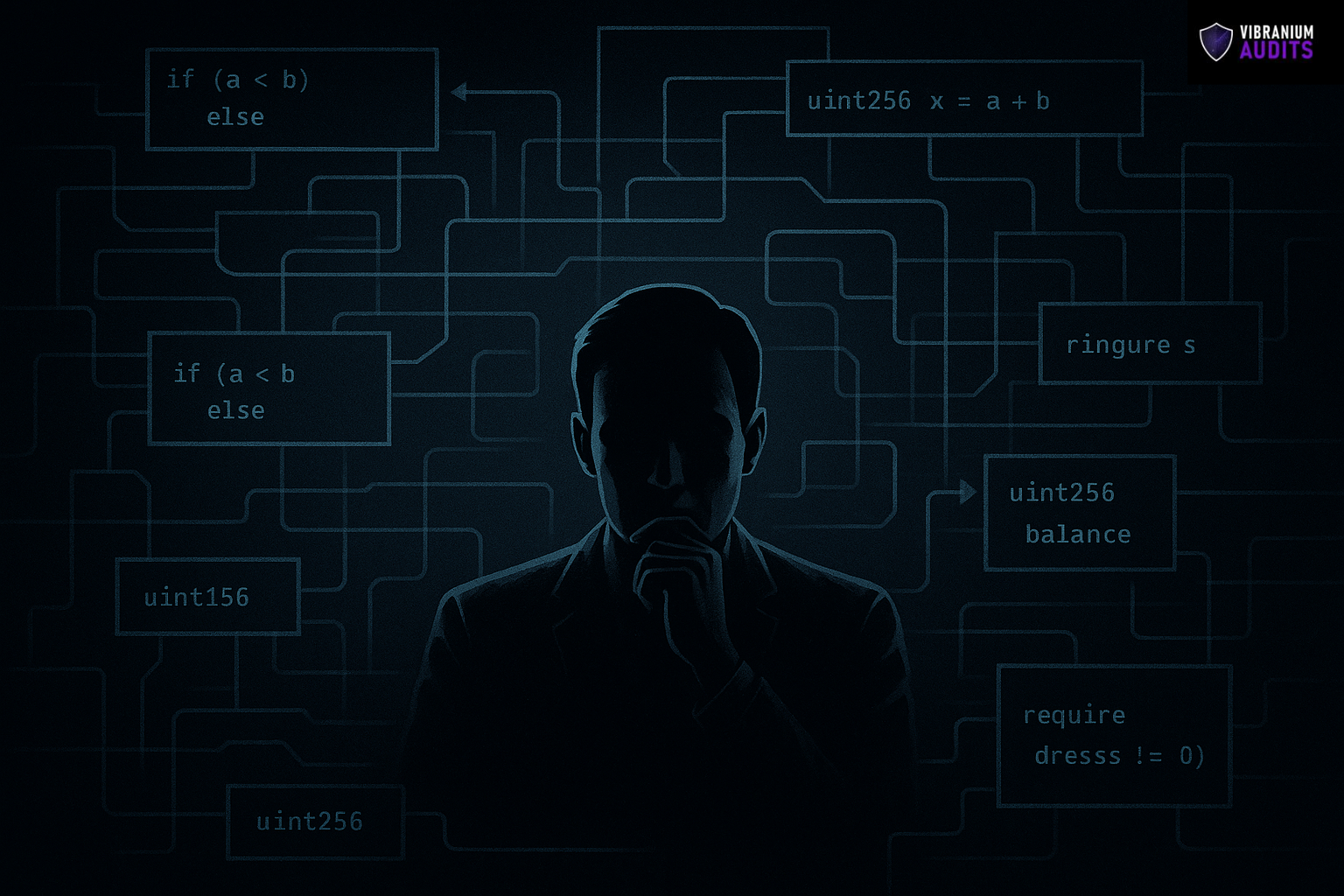In the realm of blockchain, scalability and efficiency have become the holy grail. On many blockchains, including Ethereum, the primary layer (L1) processes and stores transactions. However, as the demand for blockchain applications and transactions continues to surge, L1 often finds itself congested. This congestion leads to sluggish transaction times and soaring fees, making it a bottleneck for blockchain technology's widespread adoption.
To address this issue, a new innovation has emerged: ZK Rollups. These are categorized as Layer 2 (L2) solutions, a concept that's gaining significant traction in the blockchain space. L2 solutions operate by processing transactions off the main chain, relieving the burden on L1, and eventually submitting a summarized version of the transactions back to it. But what's the secret sauce behind ZK Rollups, and how do they work their magic? It all comes down to Zero-Knowledge Proofs.
Zero-Knowledge Proofs (ZK): The Magic Behind ZK Rollups
The "ZK" in ZK Rollups stands for "Zero-Knowledge." In the realm of cryptography, a zero-knowledge proof allows one party, known as the prover, to convince another party, the verifier, that they possess certain knowledge without revealing the actual knowledge itself. Imagine it as having the key to a secret club. With zero-knowledge proofs, you can prove that you have the key without disclosing the key itself.
Unpacking the Mechanism: How ZK Rollups Work
- Sequencer: At the heart of ZK Rollups is the sequencer, a specialized node responsible for collecting multiple transactions. It bundles these transactions together and places them in what's known as a "rollup" block.
- Transaction Validation: Before transactions make their way into the rollup, the sequencer validates them. This validation involves checking if these transactions adhere to the rules of the network. For instance, it verifies that the sender has adequate funds to execute a transfer.
- Generating Zero-Knowledge Proofs: Here's where the real magic unfolds. For every block of transactions, a zero-knowledge proof is created. This proof serves as a testament to the validity of all transactions within the block without disclosing the specifics of individual transactions. These proofs employ advanced cryptographic techniques such as zk-SNARKs (Zero-Knowledge Succinct Non-Interactive Argument of Knowledge) or zk-STARKs (where 'ST' stands for Scalable Transparent). What's truly remarkable is their ability to compress significant amounts of data into a single, compact proof.
- Submitting to L1: The rollup, which includes the updated system state and the ZK proof, is then submitted to the primary Ethereum chain (L1). Since only the proof and a few other essential data pieces are sent, this process is far more efficient than submitting each transaction separately.
- Verification on L1: Smart contracts on L1 can efficiently verify the zero-knowledge proofs. This key step ensures that L1 doesn't need to blindly trust the sequencer. Instead, it can independently verify the validity of the batch of transactions in the rollup simply by checking the proof.
- State Update: Keeping everyone in the loop is critical, and ZK Rollups achieve this by frequently publishing system updates. Without access to these updates, users wouldn't know their current balances, rendering the system unworkable.
In a nutshell, ZK Rollups represent a promising path to scalability in blockchain systems. By harnessing the power of advanced cryptography and zero-knowledge proofs, they provide a solution to the scalability challenge without compromising security. As blockchain technology continues to evolve, innovations like ZK Rollups are lighting the way forward, ensuring a more efficient and accessible future for all.










